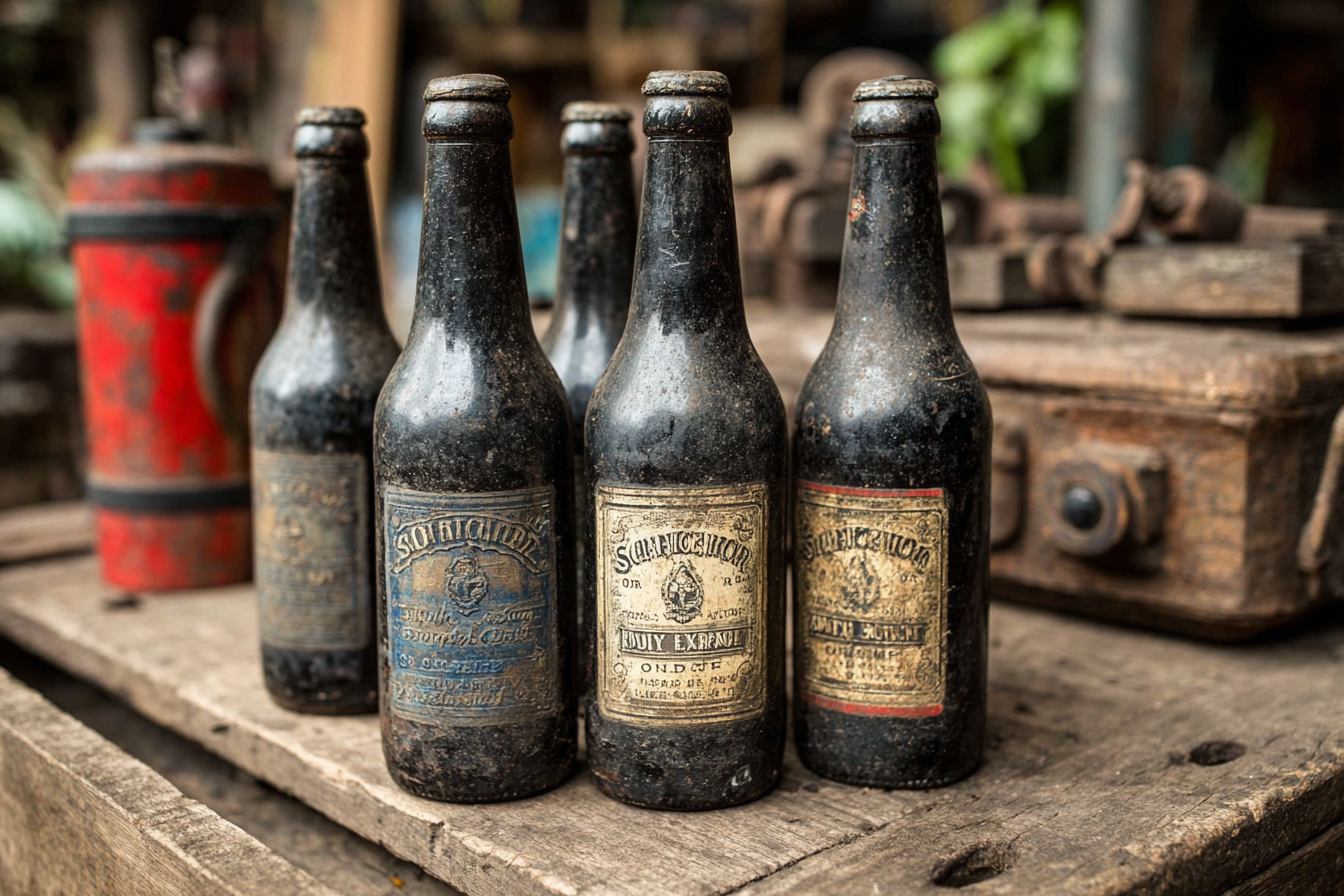Foreign Export Stout is a fascinating chapter in the rich tapestry of beer history, embodying centuries of brewing tradition, international commerce, and cultural exchange. This dark, robust beer style originated as a clever solution to the challenges of long-distance transport and quickly grew into an iconic stout enjoyed across the globe. Exploring the history and origins of Foreign Export Stout reveals not only the evolution of a beer but also insights into colonial trade routes, brewing innovation, and the ways beer styles adapt to their audiences. Let’s take a journey back to uncover the roots of this celebrated stout.
Early Brewing and Export of Stouts
The story of Foreign Export Stout begins with the broader category of stouts, which originated in the British Isles during the 17th and 18th centuries. Originally, “stout” referred to the strength of the beer—stout ales were simply stronger than the average brews of the day. These early stouts were dark, full-bodied beers, produced using roasted malt or barley that provided characteristic deep flavors and a rich color.
As trade expanded during this period, brewers saw an opportunity to send their stouts overseas. Export stouts were crafted specifically to withstand long voyages by sea on trading ships. These exported beers needed to be stronger in alcohol and more robust in flavor to prevent spoilage and retain quality on their journeys lasting months. Thus, early Foreign Export Stouts were brewed with higher gravity and abundant hops to act as natural preservatives.
The Role of the British Empire and International Trade
The British Empire played a crucial role in the spread and popularity of Foreign Export Stout. By the 18th and 19th centuries, Britain had established extensive colonial holdings across Africa, the Caribbean, Asia, and beyond. The movement of people and goods between these territories created a booming demand for familiar products, including beer.
British brewers capitalized on this by creating stout variants that suited the tastes and climates of these distant markets. Export stouts were shipped to British expatriates, soldiers, plantation owners, and local populations alike, becoming an integral part of the social fabric of the colonies. The beer’s robust nature also made it a preferred choice in tropical climates where lighter beers would spoil quickly.
Notably, the trade routes facilitated by the British Royal Navy ensured that these stouts could be distributed with relative ease, embedding them in the daily lives and celebrations of communities far beyond Britain’s shores.
How Foreign Export Stout Style Developed Uniquely
While Foreign Export Stout originated from British stouts, it evolved its own distinct profile over time, influenced by export requirements and local tastes. Compared to typical stouts enjoyed in England, Foreign Export Stouts tend to be stronger (often ranging from 6% to 8% ABV or higher) and are characterized by intensified roasted malt flavors, pronounced bitterness, and a fuller body.
These styles favored a balance that could appeal to diverse palates, typically adding a sweeter or more caramelized malt character to complement bitterness and provide richness. The elevated alcohol content served to preserve the beer but also contributed to a warming, satisfying drinking experience suitable for celebratory or everyday consumption in export markets.
Moreover, local interpretations began to influence the style—brewers in export destinations sometimes recreated the stout using locally available ingredients or adjusted the recipe to better suit regional preferences, leading to a wealth of unique variations rooted in the original concept.
Historical Breweries Specializing in the Style
Several breweries became renowned for their Foreign Export Stouts, cementing the style’s reputation and spearheading its global reach. Among the most famous historic names are:
- Guinness: While Guinness is often associated with Irish stout, its Foreign Extra Stout variant is a classic example of this style. Brewed since the late 19th century, Guinness Foreign Extra Stout was specifically designed for export markets and remains a flagship product.
- Brasseries de la Couronne (Guinness Ghana): In Ghana, local production of Foreign Export Stout helped entrench the style’s popularity in West Africa, demonstrating how export stouts could take root and flourish far from their British origins.
- Desnoes & Geddes: This Jamaican brewery produced export stouts tailored to the Caribbean market, blending British influence with Caribbean ingredients and preferences.
These breweries and others not only expanded Foreign Export Stout’s reach but also contributed to its evolution by crafting recipes that responded to the unique demands of their international consumers.
Impact on Local Beer Cultures in Export Markets
Foreign Export Stout’s arrival in different corners of the world left an indelible mark on local beer cultures. In many countries, the stout became more than just an imported product—it was embraced, localized, and often adapted to become a symbol of social and cultural identity.
In places like Nigeria, Cameroon, and Ghana, Foreign Export Stout is hugely popular, often enjoyed as a celebratory drink or paired with spicy local foods. The strong, malty beer fits well with regional culinary profiles and communal drinking traditions. Similarly, in the Caribbean, stout consumption is a staple at social gatherings and festivals, blending colonial beer heritage with vibrant local culture.
Furthermore, the presence of Foreign Export Stout inspired local brewers to experiment with stout brewing themselves, leading to the development of indigenous stout varieties that continue to thrive today.
Modern Interpretations and Legacy
Today, Foreign Export Stout remains a beloved style, both as a commercial product and a source of brewing inspiration. Many craft brewers around the world look to the traditional characteristics of Foreign Export Stout—high ABV, intense roasted flavors, and bitterness—as a baseline for their creative explorations.
Modern interpretations often blend historical influence with contemporary trends, such as incorporating exotic malts, aging the stout in barrels, or adding adjuncts like coffee or chocolate. These innovations keep the style vibrant and relevant while respecting its heritage.
Aside from commercial production, the cultural legacy of Foreign Export Stout is evident in its ongoing popularity in former export markets, where it remains a symbol of connection, tradition, and shared enjoyment across generations.
A Lasting Influence on the World of Beer
The history and origin of Foreign Export Stout is not just a tale about beer; it’s a story about the interplay of commerce, culture, and craftsmanship. From its humble beginnings as a strong, durable beer designed to survive long sea voyages, this style blossomed into a global phenomenon with deep connections to colonial trade and local traditions.
Foreign Export Stout’s rich flavor profile and robust character have ensured its enduring appeal, while its role in international trade helped pave the way for the global beer landscape we know today. Appreciating this stout style means recognizing the complex history behind every sip—a history brewed with resilience, adaptation, and shared enjoyment across continents.







